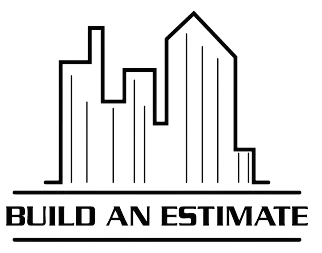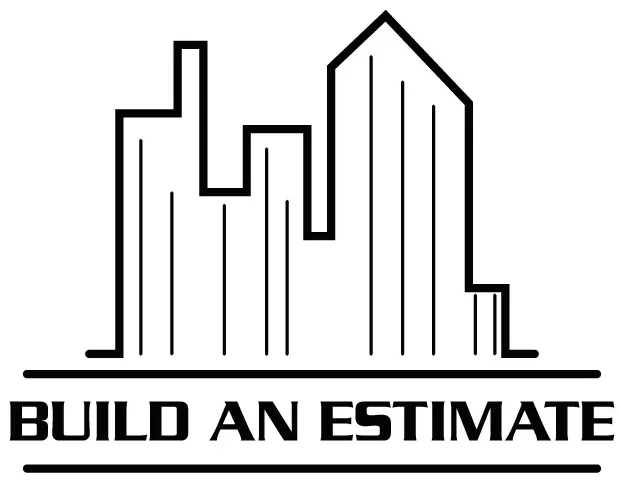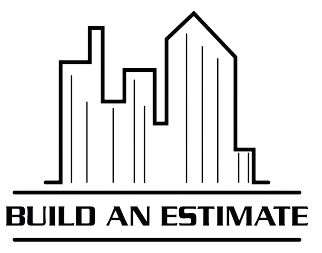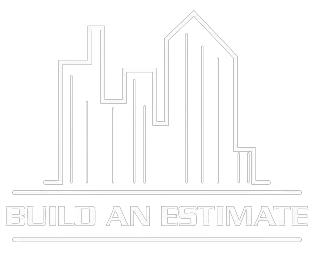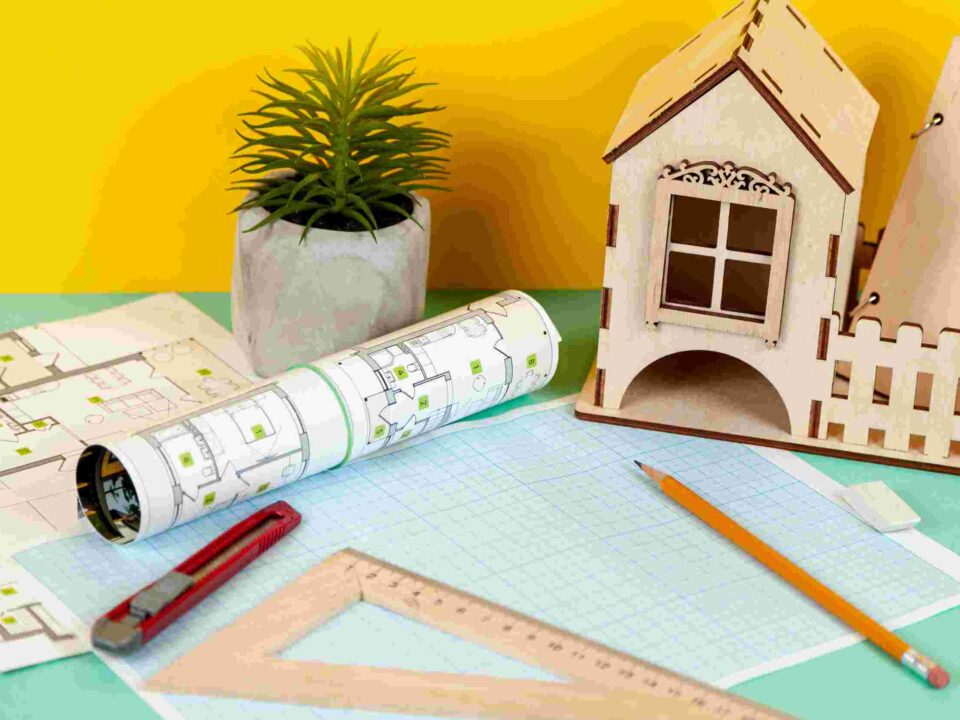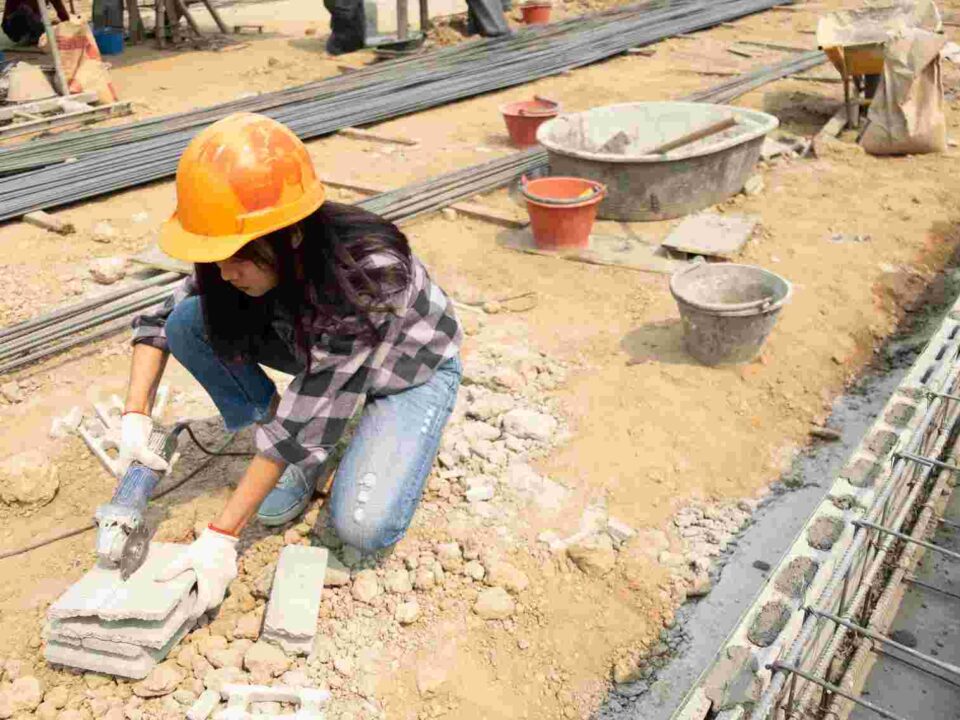- HOME
- SERVICES
- OUR TRADES
- SAMPLES
- ABOUT US
- CONTACT
- Home
- Services
- Our Trades
- Samples
- Pricing
- Blog
- About Us
- Contact
- HOME
- SERVICES
- OUR TRADES
- SAMPLES
- ABOUT US
- CONTACT
- Home
- Services
- Our Trades
- Samples
- Pricing
- Blog
- About Us
- Contact

How to Bid Construction Jobs Successfully in 2024
June 14, 2024
Key Factors in Pre-Construction Cost Estimates for Building a New Home
October 11, 2024Optimizing Your Construction Estimating Process for Improved Productivity and Efficiency?
Are your projects slow or do they run over budget because of your construction estimating process? Such poor estimating can not only result in huge problems like budgeting, project delays, and bad bids, which can negatively affect your profit, but also your success. The realities of these pitfalls cannot be ignored; optimizing your estimating process is important.
Modern tools and strategies can be adopted by you to achieve improved productivity and cost accuracy and lower management of cost as well as improved control over the timelines. In this article, we will share with you some practical ways you can improve your estimating process to increase efficiency and to execute your project better.

Why Construction Estimating Matters for Productivity and Efficiency?
Without it, projects would be planned and executed inefficiently. Here’s how it impacts productivity and profitability:
1. Accurate Resource Allocation: Estimation allows you to know exactly the materials, labor, and equipment you need, and allocate resources correctly without over purchase or shortages.
2. Efficient Project Management: When project timelines are estimated accurately, you can better control your project, prevent delays, and ensure that there are no missed milestones.
3. Cost Control: Estimation is a mainstay to forecast project costs so that financial planning is more accurate and the project doesn’t stretch much beyond the budgeted amount.
4. Challenges with Manual Processes: Traditional methods of bidding are time-consuming and susceptible to data errors, essentially creating delays, incorrect bids, and resources wasted.
5. Improved Decision-Making: With modern estimation tools, contractors can quickly make informed decisions that will help result in increased productivity and profitability.
Common Pitfalls in Construction Estimating and How to Avoid Them
Challenges in the construction estimating process can result in costly mistakes. Some common pitfalls encountered are human error, inaccurate material pricing, and leaving labor out of the budget, all of which can put a project’s budget and timeline on the path of derailment.
To avoid these issues, it’s essential to:
1. Stay Updated with Real-Time Market Data: Material costs are fluctuating. With real-time pricing tools, you can keep your estimates current and updated so you don’t underprice or overpriced material.
2. Implement Checks and Balances: A process for a review can be added to help reduce the chance of human error by getting a team member to verify each step of the estimate. It helps to spot the deficiencies in the cost estimation before they result in actual problems on the project.
3. Use Templates or Pre-Designed Estimation Models: Estimation templates (pre-designed models) or software to use reduces manual calculations and provides a structured standardized approach and reduces inconsistencies errors.
Using these steps will greatly augment the accuracy and effectiveness of the construction estimating process.
Tools and Technology for Optimizing the Estimating Process
Today, using technology in the construction estimating area is essential to improve the construction estimating process. Estimating can become faster yet more precise with the help of digital tools and software solutions. Construction management software, estimating tools in the cloud (cloud solutions), and specialty programs such as PlanSwift and ProEst are popular options.
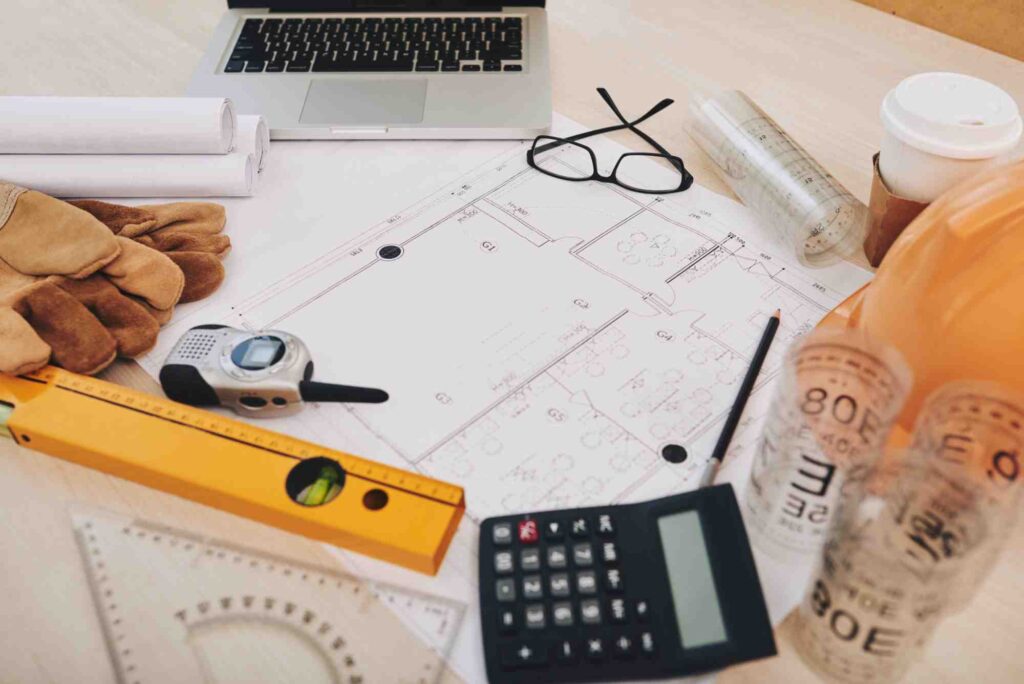
Steps to Optimize Estimating with Technology:
1. Select the Right Software: Pick tools that serve your project and team’s size needs. Review features that will help you carry out cost estimation and project planning.
2. Implement Cloud-Based Solutions: Use cloud technology to allow you to have real-time collaboration between all the team members and all the team members can have access to the latest information.
3. Automate Repetitive Tasks: Software is used either to automate the task of data entry (input automation) or calculations to reduce human error.
4. Centralize Data Management: Keep everything related to your project in one place to access historical estimates and see how project changes affected the budget.
Modern technology adoption improves accuracy, shortens turnarounds, and reduces manual errors which ultimately increases the success rate of projects under construction.
Best Practices for Boosting Efficiency in Construction Estimating
The construction estimating process (cost estimation) must be improved to increase the efficiency of the project. Here are some best practices to consider:
1. Standardize Estimation Templates and Workflows: You will be creating uniform templates and workflows to make the estimation process easier. It reduces errors and increases time savings while preparing.
2. Keep an Updated Database of Material and Labor Costs: Keep your database updated with the most recent market rates for materials, and labor. It guarantees your estimates are correct and credible.
3. Train Staff on the Latest Software Tools and Techniques: Train your team in the latest software tools and estimation techniques. It helps them with skills and their efficiency in handling estimates.
4. Regularly Review and Update Estimation Procedures: Keep on evaluating your estimation processes and identify the points that need to be improved. It makes it possible to maintain accuracy and efficiency.
5. Promote Clear Communication and Collaboration: It enhances open communication between the departments that are involved in the estimation process (e.g., design management, procurement management, and project management). Parties in a process are created to be collaborating meaning all parts are in alignment and also less likely to misunderstand the end project result.
Utilizing these best practices allows construction estimating companies to dramatically enhance efficiency and accuracy on the way to completing projects more effectively.
Measuring the Impact of an Optimized Estimating Process on Business Outcomes
By improving the construction estimating process, you can greatly shorten project timelines, and increase customer satisfaction and profitability. Here are the key steps to achieve this:
1. Streamline Data Collection: Using software tools to collect and analyze data makes estimating more accurate and quicker. It then helps reduce time spent trying to gather information and facilitates a faster turnaround on bids.
2. Enhance Collaboration: It helps teams encourage collaboration between teams — estimators, project managers, and field workers to ensure all perspectives are considered. The result of this is more accurate estimates and earlier identification of potential problems.
3. Leverage Historical Data: Past project data can be used to improve estimates of new data. This approach lets companies identify patterns, know what to expect in costs, and avoid common traps.
4. Focus on Continuous Improvement: Over time better practices become an outcome of regularly reviewing and refining the estimating process. They should also look at the results they’ve had and adjust their methodologies accordingly.
Optimized estimating practices help increase productivity, improve win rate on bids, and provide other benefits to companies that have implemented it successfully. For example, a construction firm that implemented a new estimating software cut its time to bid preparation in half and won 15 percent more projects. If businesses can make accurate estimates, customers are more happy because the clients receive the expected timelines and expenses, leading to more profitability.
Conclusion:
Finally, the construction estimating process is paramount to improve productivity and efficiency in construction projects. Optimizing this process enables companies to lower costs and avoid delays. Readers are encouraged to put these strategies and tools into practice. It might be worth looking into professional construction estimating software or using the ‘build an estimate’ service if you want to save time. Build An Estimate experts can also help you refine your estimation practices by consulting. Doing all of this helps you get better estimates, which in turn helps your projects and your bottom line. And there’s never been a better time to get started than now.
